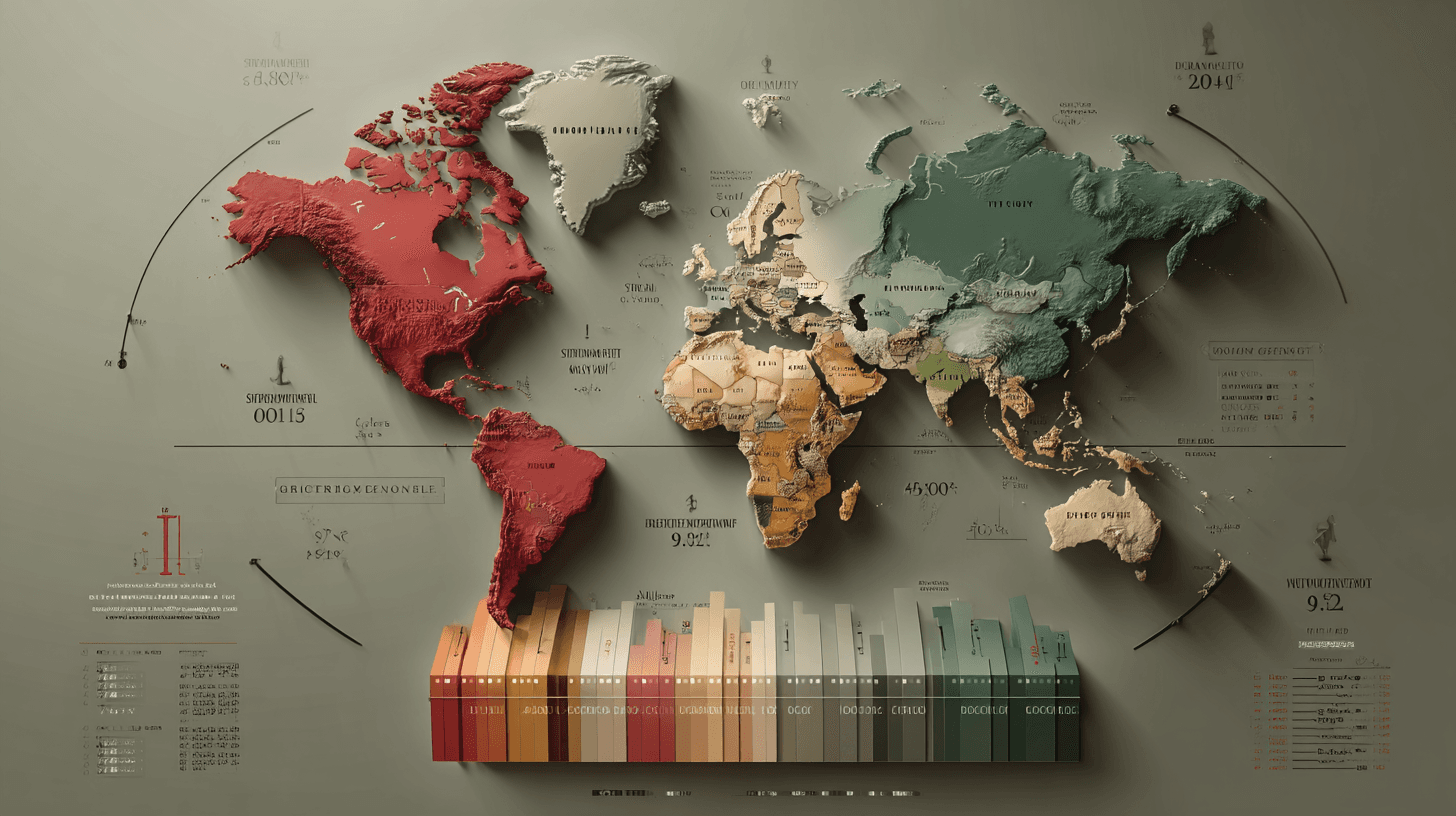There is no such thing as a global patent (and that's fine)
In a series of blog posts, Marco Coolen gives an insight into his work as a Dutch and European patent attorney at AOMB.
Published on July 6, 2025

Marco, a patent attorney at AOMB since 2013, shares his expertise on IO+ about patents—how they work, why they matter, and when they lose their value.
A global patent. One application and your invention is protected worldwide. Sounds fantastic, right? Unfortunately, it's a fairy tale that will never come true.
In reality, it works very differently. Each country wants to decide for itself whether you get a monopoly on your innovation. And frankly, that makes sense. A patent gives you an exclusive position in the market, a powerful right that allows you to stop others from doing the same thing. No country is going to hand over that power to an external body.

Marco Coolen, photo © Bart van Overbeeke
What is possible?
In Europe, a significant step has been taken with the introduction of the Unitary Patent. This allows you to obtain protection in 18 European countries with a single application. But even within Europe, coverage is not complete: important countries such as Spain, Poland, and Croatia are not participating, for example.
And worldwide? Imagine that the US, China, or Russia hand over the management of their patent rights to an international organization. That is simply not realistic, especially in the current geopolitical context. Countries want to decide for themselves who they give economic advantages to.
Why it's not a problem
Fortunately, the absence of a global patent does not mean you cannot achieve success internationally. You just have to choose strategically. Where does protection really make sense?
Ask yourself:
✔️ Where are your most important markets?
✔️ Where is production located (and where could copying occur)?
✔️ Where are your potential partners or competitors?
With these answers, you can choose the countries where you do want to apply for protection in a smart and targeted way. This allows you to keep costs manageable and protect the markets that matter.
How does international protection work?
There are several routes you can take:
- National applications (for example, only in Germany or the US).
- Regional systems such as the European patent.
- PCT applications: these buy you time (30 months) to decide later in which countries you ultimately want protection.
With a good strategy, you don't need to have a patent everywhere. Focus on the places where it really adds value.
The power of smart choices
Remember: a patent is an investment. You don't just pay for the application, but also for maintaining it (through annual fees). If you want protection in 50 countries, you must continue to pay in each of those countries for years. That's why it pays to be selective.
Sometimes it is better to firmly protect your innovation in a few core markets than to spread your money around the world.
A global patent? Forget it. But that's not a bad thing. By choosing wisely where you apply for protection, you can secure your innovation just as effectively internationally.
It's not about being everywhere. It's about being in the right places. And that's precisely what smart entrepreneurs are already doing today.

The World of Patents
Dutch and European patent attorney Marco Coolen (AOMB) gives us a better understanding of the world of patents. How do they work, why are they important, but also: when do they lose their usefulness?
